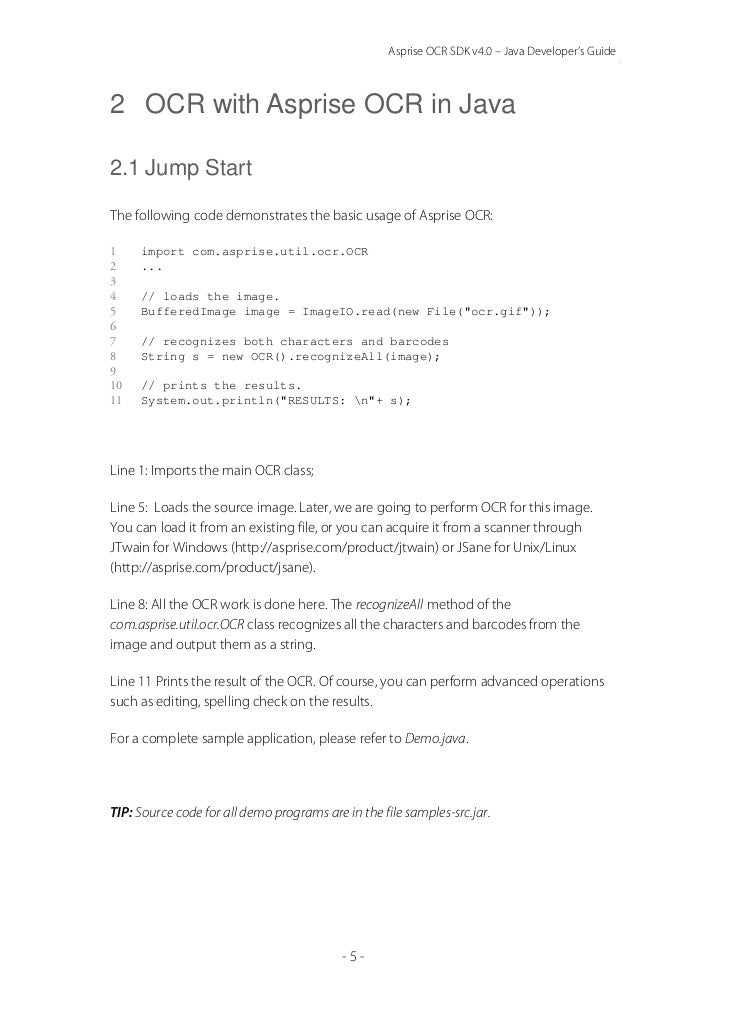Aix 6 Jumpstart For Unix Professionals Pdf Download
Provide focused training for experienced UNIX administrators on how to install, customize and administer the AIX operating system in a multiuser POWER (System p) partitioned environment. The course is based on AIX 6.1 running on a Power system managed by Hardware Management Console version 7 and provides practical discussions that are appropriate to earlier AIX releases. Learn to install, customize and administer the AIX operating system in a multi-user POWER (System p) partitioned environment. The course is based on AIX 6.1 running on a Power system managed by Hardware Management Console version 7 and provides practical discussions that are appropriate to earlier AIX releases. Install the AIX operating system, filesets, and RedHat Package Manager (RPM) packages. Perform system startup and shutdown. Discuss and use system management tools such as System Management Interface Tool (SMIT) and IBM systems director console for AIX.
Manage physical and logical devices. Discuss the purpose of the logical volume manager. Perform logical volume and file system management.
AIX Jumpstart for UNIX Professionals. Download de volledige. The course is based on AIX 6.1 running on a Power system managed by Hardware Management. View the schedule and sign up for AIX Jumpstart for UNIX Professionals from ExitCertified. Download PDF With Schedule. Or through equivalent AIX/UNIX knowledge.
Perform and restore system backups. Use the AIX error log as a tool in problem determination. Configure TCP/IP networking. Students should be able to use basic UNIX commands including:. Execute basic AIX commands. Manage files and directories.
Use the vi editor. Use redirection, pipes, and tees. Use the utilities find and grep.
Use command and variable substitution. Set and change Korn shell variables. Write simple shell scripts These skills can be acquired by attending AIX Basics (AU13) or through equivalent AIX/UNIX knowledge. Students should also have experience administering a UNIX operating system (such as Solaris, HP/UX, and others) including:. User management and system security. Storage. Networking.

System shutdown and restart. Backup and recovery. System task scheduling.
Provide focused training for experienced UNIX administrators on how to install, customize and administer the AIX operating system in a multiuser POWER (System p) partitioned environment. The course is based on AIX 6.1 running on a Power system managed by Hardware Management Console version 7 and provides practical discussions that are appropriate to earlier AIX releases. Learn to install, customize and administer the AIX operating system in a multi-user POWER (System p) partitioned environment. The course is based on AIX 6.1 running on a Power system managed by Hardware Management Console version 7 and provides practical discussions that are appropriate to earlier AIX releases. Install the AIX operating system, filesets, and RedHat Package Manager (RPM) packages.
Perform system startup and shutdown. Discuss and use system management tools such as System Management Interface Tool (SMIT) and IBM systems director console for AIX. Manage physical and logical devices. Discuss the purpose of the logical volume manager. Perform logical volume and file system management. Perform and restore system backups.

Use the AIX error log as a tool in problem determination. Configure TCP/IP networking. Students should be able to use basic UNIX commands including:.
Aix Jumpstart For Unix Professionals

Execute basic AIX commands. Manage files and directories. Use the vi editor.
Use redirection, pipes, and tees. Use the utilities find and grep. Use command and variable substitution. Set and change Korn shell variables. Write simple shell scripts These skills can be acquired by attending AIX Basics (AU13) or through equivalent AIX/UNIX knowledge.
Students should also have experience administering a UNIX operating system (such as Solaris, HP/UX, and others) including:. User management and system security. Storage. Networking.
System shutdown and restart. Backup and recovery. System task scheduling.